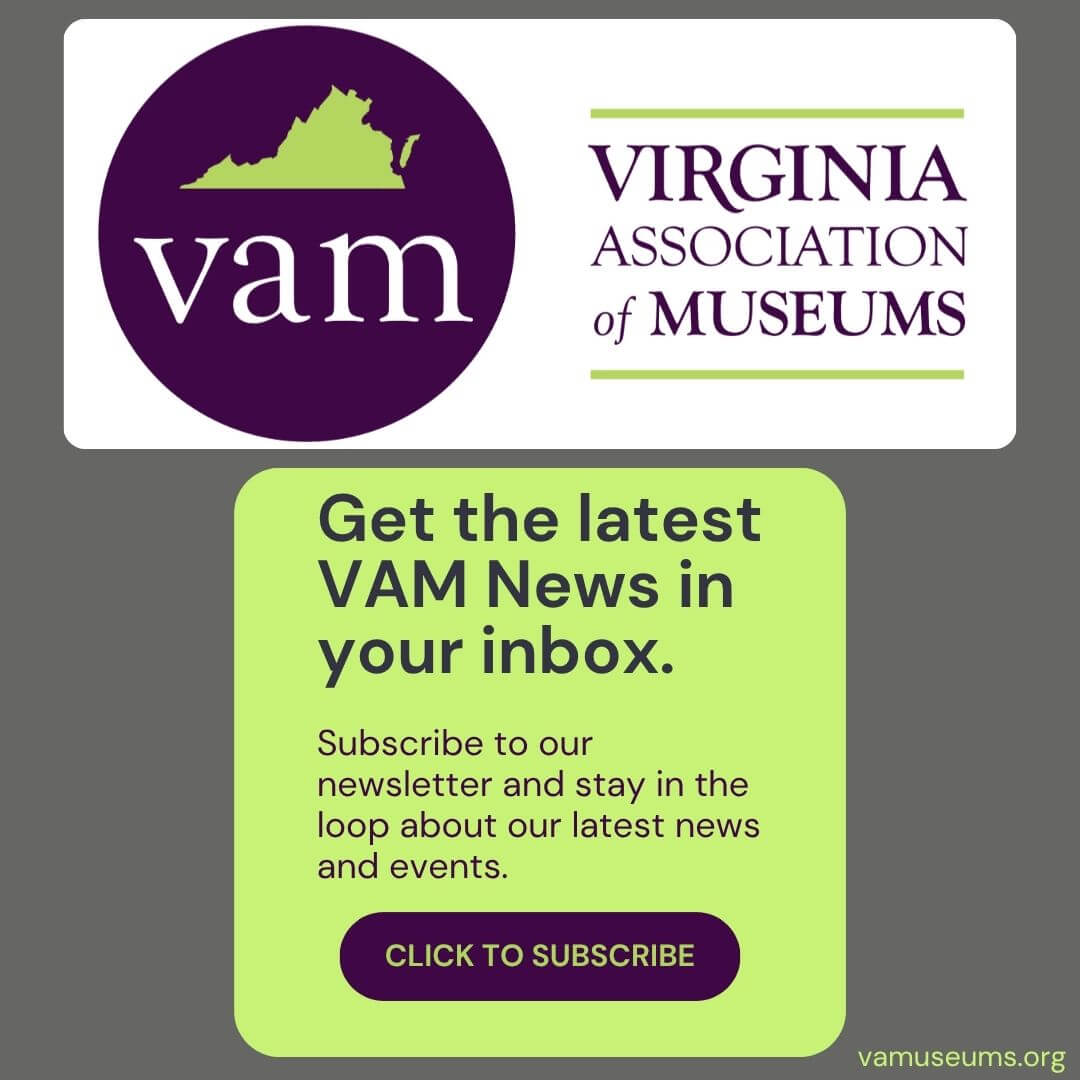Previous Virginia's Top 10 Endangered Artifacts Honorees
Previous Virginia's Top 10 Endangered Artifacts Honorees
The Virginia's Top 10 Endangered Artifacts program identifies significant, endangered artifacts at libraries, archives, and museums throughout the Commonwealth of Virginia and Washington DC on an annual basis.
Top 10 Endangered Artifacts are kept on the "endangered" list until which time the threat to the artifact has been resolved.
Interactive Endangered Artifacts Map
Virginia's Top 10 Endangered Artifacts Honorees for 2025
Open for artifact nominations on: January 1, 2025 to January 24, 2025
Public Voting begins: February 10, 2025, to February 28, 2025 (by 11:59 PM EST)
View Past Honorees
Top 10 Status Report
(updated as we learn of new information about our previous honorees)*
Organization▾ |
Top 10 Year |
Artifact |
Status |
|
Booker T. Washington National Monument |
2011 |
Photographs with cellulose nitrate negatives, 1957-1984 |
Film is currently being conserved in a freezer. |
|
Hermitage Museum & Gardens |
2011 |
Korean 18thcentury Sakyamuni Triad silk tapestry |
Repatriated back to Korea and is currently being conserved. Future plans include public display. |
|
Klug-Ruhe Aboriginal Art Collection of the University of Virginia |
2011 |
Yolngu Bark Painting by Narritjin Maymuru, depicting Djarrakpi Story (Indonesian Trader Ship) |
Currently being conserved and will be on display at UVA soon. |
|
MacArthur Memorial |
2013 |
World War II Filipino and U.S. Guerilla Unit Flag, c. 1940s |
Thanks to the support of a generous donor, the flag has been conserved and is on view! |
|
Salem Museum |
2012 |
Records of African-American Midwife, Georgianna Saunders; c. 1916-1940 |
Records being transcribed and put in a database. People delivered by Georgianna Saunders have contacted the museum. |
|
St. John’s Church Foundation |
2013 |
Reverend Robert Rose Monument, 1751 |
St. John's oldest visible grave marker has been conserved! and will be dedicated on the anniversary of Rose's death on June 30, 2017. |
|
The Fairfield Foundation |
2012 |
Ware Neck Store Sales Receipts; c. 1870s-1930s |
Documents cleaned and placed in proper storage. Artifacts scanned by VCU’s Virtual Curation Laboratory. Experts are assisting with the project. |
|
The Mariners’ Museum |
2011 |
USS Monitor’s Revolving Gun Turret |
Currently in conservation. An estimated 18 years of work needs to be completed. Fundraising is needed. |
|
Tudor Place Historic House & Garden |
2012 |
George Washington’s Revolutionary War Camp Stool; c. 1776 |
Conserved by the Historic Trades Department of the Colonial Williamsburg Foundation, through a collaborative research project with the Museum of the American Revolution in association with Tudor Place. |
|
Virginia Museum of Transportation |
2011 |
Norfolk & Western SD45 Diesel Locomotive #1776 |
Received $10,000 grant fromTrains Magazinetoward improvements to Locomotive #1776 thanks to its People’s Choice recognition. |
|
Warren Rifles Confederate Memorial Museum |
2011 |
Confederate Battle Flag of Co. B, 6thVA Cavalry |
Artifact has been conserved and is on display. |
|
Wilton House Museum |
2012 |
Waistcoat of Lieutenant Governor Alexander Spotswood; c. 18thcentury |
Artifact is currently being conserved. |

